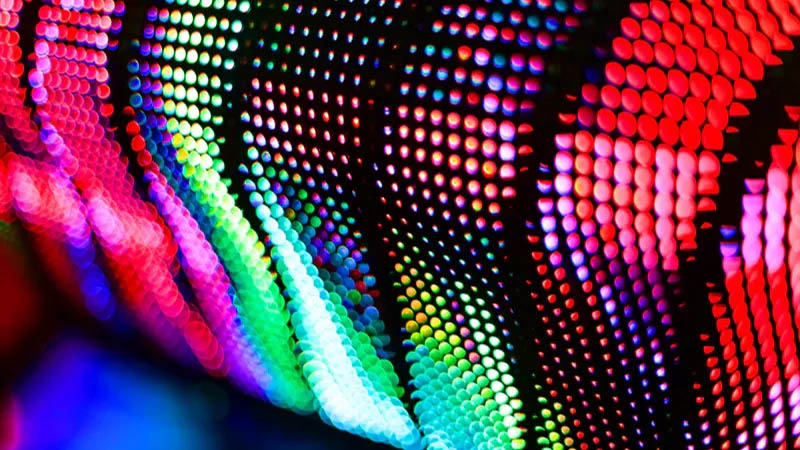Oct 08, 2024
GOB VS COB for LED screen Technology
SMD, COB, and GOB are the packaging technologies for LED. This article was written by Tony Tong of Huasuny, and first published in linkedin. 1. What is SMD LED? SMD is short for Surface-Mounted Device. SMD LEDs are a type of LED technology where the LED chips are mounted directly onto a printed circuit board (PCB). The design of an SMD LED typically consists of three primary components: the LED chip, a phosphor coating, and a small reflective cavity. 2. What is COB LED? COB is short for Chip-on-Board. This type of LED technology involves mounting multiple LED chips directly onto a single substrate, creating a unified light-emitting surface. 3. What is GOB LED? GOB is short for Glue-On-Board. GOB LEDs are a type of LED technology that uses transparent glue to cover the entire surface of the SMD LED display modules. GOB is an upgraded version of SMD. ROUND 1: Reliability 1. Artificial knocks and collisions: In actual applications, it is difficult for the screen to avoid external force collisions during transportation and handling, so anti-collision performance has always been a major consideration for manufacturers. As high-protection display module technology, the protection level of COB and I also varies. COB directly solders the chip to the circuit board and then fills it with glue in one piece; while I first encapsulate the chip in the lamp bead, then solder it to the circuit board, and finally fill it with glue in one piece. Compared with COB, there is an extra layer of packaging protection, and the anti-collision ability is better. 2. External forces of the natural environment: Using epoxy resin with ultra-high transparency and super thermal conductivity as the glue-filling material, I can achieve true moisture-proof, salt spray-proof, and dust-proof to be suitable for more harsh environments. ROUND 2: Display effect COB has risks in separating wavelengths and colors and picking up chips on the board, making it difficult to obtain perfect color uniformity for the entire display. Before I perform special gluing, I will manufacture and test the module in the traditional way consistent with ordinary modules, avoiding color difference, moiré, and other defects in light and color separation and obtaining good color uniformity. We regard a single LED pixel/module as a rose. ROUND 3: Cost Theoretically, the manufacturing cost will be lower because the material composition process is less and the required materials are less. However, since COB adopts whole-board packaging, it must be passed once in production to ensure that there are no bad pixels before packaging; the smaller the point spacing and the higher the precision, the lower the product yield. It is understood that the current COB normal product shipment rate is less than 70%, which means that the overall manufacturing cost will also have to share an increase of about 30% of hidden costs, and the actual expenditure is much higher than expected. As an extension of SMD technology, I can i...
View More

















